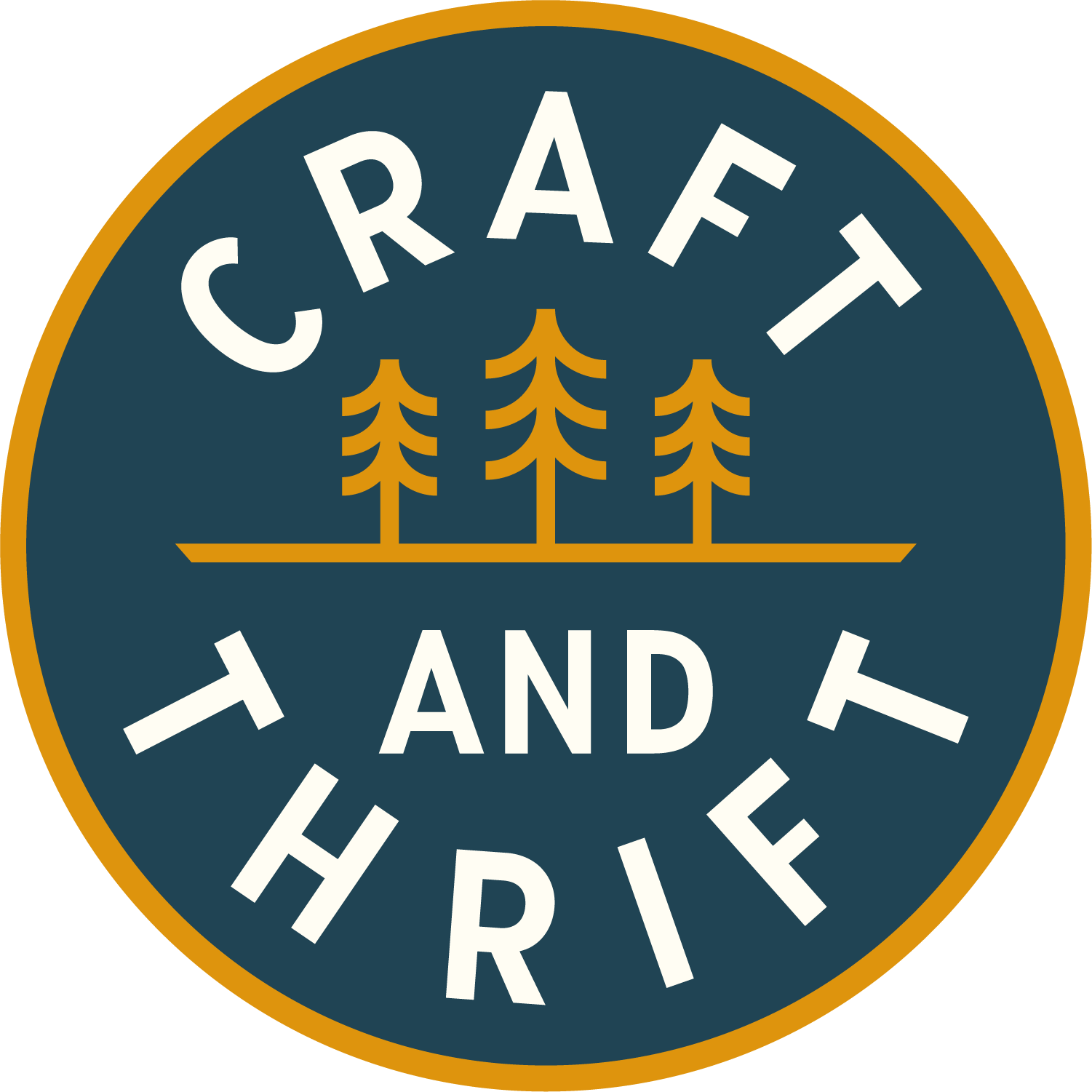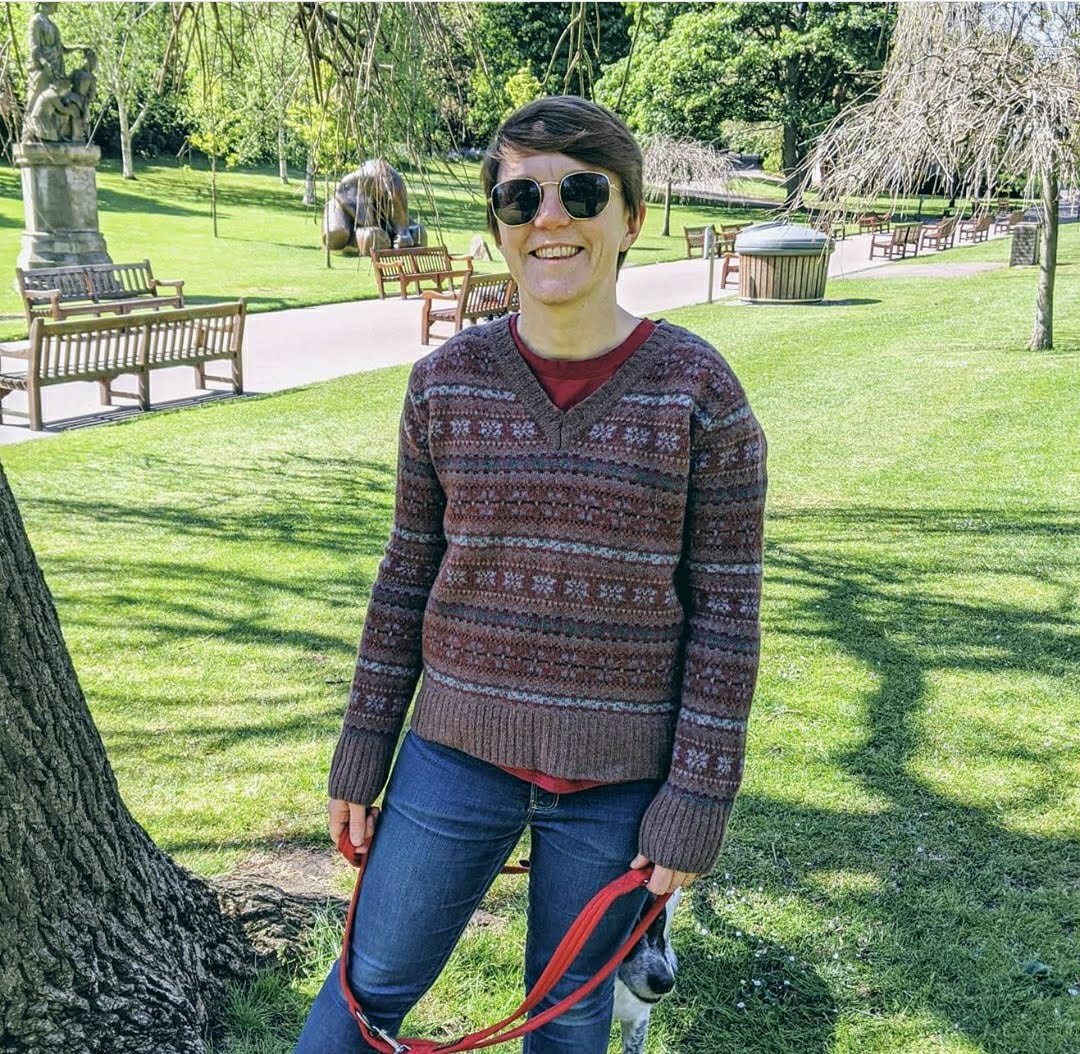Stash and minimalism
I’ve been percolating on this topic for a while now, about ‘stuff’ and how it affects my enjoyment of both the objects themselves and the space they occupy. I think about stuff in all its forms, but this post is specifically about my sewing ‘stuff’, otherwise known as a stash. I come from a family with hoarder-like tendencies and that, coupled with a DIY nature, means everything can become something. Every object holds potential, the ‘whataboutisms’ of future possibilities. What if I decide to get into applique? or plushie-making? or grow my hair and need scrunchies? All these tiny scraps and remnants suddenly become future objects and keeping them suddenly makes perfect sense. But that way madness lies, in my personal experience. Cupboards overflowing, boxes filled so full you forget what’s in them. Buying replicas of fabric and haberdashery items because you can’t find the thing you need in all the chaos.
I want to open by saying I completely recognise the privilege inherent in talking about having too many objects in your life. For most of us in developed economies, with some degree of disposable income, this is a good ‘problem’ to have, a problem that is only a problem by choice. I also don’t want to yuck anyone’s yum here. You do you, friend. If you like to have all the fabric in the world, and have the space to store it, then go forth and enjoy. It’s not my place to tell anyone else how to live their lives or spend their money.
With that said, I want to talk today about the idea of a stash and what that means to me, as a sewing person with magpie tendencies, living in a small space. It’s a constant balance between supporting my creativity whilst not encroaching on the space of my family. Part of the joy of having a stash of fabric, is the creativity and joy it brings in imagining all the future potential sewing projects. The ones I can clearly see (plaid wool Modern Sewing Co Overshirt) and the ones less clear to me. Some of my favourite makes have been spontaneous and unplanned, with remnants and leftovers from other projects, carefully folded and returned to the stash for later inspiration to strike. The flip side though, is keeping everything on the off chance of future inspiration, antithetically making future inspiration less likely.
It can be hard, in this consumerist culture we all experience, to avoid being constantly bombarded with marketing emails, social media posts and adverts from businesses trying to get you to buy, buy, BUY! Even as someone who almost exclusively shops secondhand, there are still companies I follow on Instagram who deal in deadstock fabric and the pressure to shop can be intense. The secondhand market can be higher pressure, since often the fabric available is unique and you’re very unlikely to be able to come back and buy again in the future. The ‘once it’s gone, it’s gone’ mentality has definitely contributed to me feeling pressured into purchasing something not right for me. Once the initial thrill of the treasure seeking has worn off, I’m inevitably left with the feelings of guilt at the money spent and the space occupied in my house.
In my early 20s, when I was still new to the world of secondhand shopping, I was definitely inclined to buy anything and everything. The feeling of missing out, coupled with the relative cheapness of the fabric in charity shops and car boot sales, meant I rarely held back when I found thrifted fabric. Chintzy rose-print duvet cover for £1! Vintage curtain fabric for £3! Bargain!
Some of these fabrics I bought and never used, bringing them home and carefully putting them away, only to forget about them. I remember moving from Aberdeen to Edinburgh in the late 00s with my Vauxhall Corsa filled to the gunnels with Ikea bags of fabric. I had done almost no sewing in the 4 years I’d lived in Aberdeen, but I’d shopped as though I was sewing every day. The temptation of a bargain was too much to resist. I remember being harangued by my mother as we drove down the A96 and feeling this intense feeling of guilt, shame and anger, at both myself and my Mum for telling me off. She was right though, the amount of stuff I owned had become a hassle, an inconvenience, a burden. It took up physical space in my life and emotional space in my brain.
It took many more years, and many more comments from friends and family (“there’s nothing left in the Oxfam shop, it’s all in Amy’s flat” - Lydia, my vet school pal, circa 2009) before I started to look at my stash with a more critical eye. Some of the items I’d stored for so long (8 years was the longest I think) my style and tastes had changed and I ended up re-donating them without even using them. Essentially, I’d paid money to store them for 8 years.
Once we bought a one-bed flat, and space became a premium, I realised the value of only owning fabric that directly spoke to my tastes, desires and palate. Storing secondhand fabric for years, only to not use it, on the basis of ‘it was cheap’ lost its appeal and the scales fell from my eyes. My stash was not a beautiful, curated collection of fabric that reflected me, my personality and tastes. It was an eclectic (at best), random and disorganised (at worst) collection of nonsense. Fabrics I didn’t enjoy working with, like shiny, melt-prone, sweat-inducing polyesters in patterns I didn’t like and colours I never wore and didn’t suit me.
A classic example of ‘bought it because it was cheap’ - a salmon pink Fair isle sweater, that I attempted to over-dye navy but came out purple (another colour I don’t wear). The sleeves were too long, the cuffs were stretched out. But it was only a fiver!
I had a couple of light bulb moments in this time. First was the Love to Sew podcast ‘create your dream wardrobe’ pamphlet. I’ve spoken about this in the past, but essentially it’s a free download with their newsletter to help you curate your closet. You answer a series of questions designed to guide you through the process of picking a colour palate, being realistic about the styles that suit your lifestyle and discovering the holes in your wardrobe. This helps you design your sewing projects around your actual needs, not the needs you think you have. There’s nothing more disheartening than spending time sewing an item of clothing, only to have it languish as a wardrobe orphan. I found the process of completing this pamphlet really helpful in bringing together a more cohesive sense of style. Once I had a colour palate nailed down, I turned a critical eye to my fabric stash. Anything outwith these colours were removed, with a few exceptions.
A more ‘me’ outfit but built around a navy silk shirt I loved for being navy and silk…but was too small. It was uncomfortable across the biceps and back and inevitably ended up smelling of sweat after only a couple of hours because it was so tight in my armpits. But it was only £2!
Additionally, both the green cardigan and outer coat are the Seamwork Oslo. It’s a pattern supposed to be made in knits, but I used woven fabric for both, meaning the sleeves are so narrow I can’t fit my watch on my wrist and it’s struggle to take them on and off. I’ve been meaning to alter the both for years.
The second epiphany came in May 2020. I took part in Me Made May, an annual festival of handmade clothing organised by Zoe Edwards of Check Your Thread podcast. I’d never taken daily outfit photos before and the process of getting dressed every day (no mean feat back then!), photographing and analysing my outfits was a real revelation. I realised how many items of clothing I had in my wardrobe that didn’t fit, didn’t suit, were the wrong colour. I took 3 bin bags of clothing to charity that summer and then repeated the exercise in May 2021 with short videos on my YouTube channel. I’ve subsequently taken them down (they were so bad!) but if you’re interested, I left the long form videos up. The second summer there was less to be donated but I was definitely still dialing it in. I feel much more comfortable in my day-to-day style now and find less and less I have to donate things or sew items that don’t work. There’s still the odd one, but it’s a lot less frequent than previously.
Back to my stash then, with this newfound knowledge about colour and style. I find keeping my stash minimal, allows me to actually see and visualise all my fabrics. This then allows my creativity to thrive, allowing me to plan projects without having to pull everything out to see what I’ve got. I have everything rolled up with the ends showing, allowing me to see at a glance what’s in each cupboard. Every so often, around twice a year, I get everything out and sort through it with a critical eye. This gives me an opportunity to remove anything no longer serving me and keeps my stash updated to the most recent version of ‘me’. Everyone has style and colour preference changes over time and keeping my stash up-to-date keeps it clean and minimal for me.
That being said, I have a small amount of extra fabric in my stash that doesn’t specifically fit into my colour palate or style preferences. This surplus is for spontaneous projects, gift sewing or non-visible parts of clothing. For example, I keep 3 different bins of scraps, separated into cottons, silks and wools, for small projects. This might be a bag lining, a set of pockets, a sew-in interfacing or the patch inside a pair of jeans. It’s satisfying to be able to dip into this section of my stash, without having to buy something specific. It feels thrifty, reducing the financial outlay for my craft but also thrifty in an environmental sense, using up scraps and remnants for something useful.
So where do these musings leave us? For me, I need a balance between a minimal stash, designed around my specific colour palate and fabrics I like to wear and sew, and a small additional ‘buffer’ of fabric for spontaneous, gift and practical sewing. I like to have a plan for most things in my stash and try to gauge my stash in terms of the time involved in my sewing projects. For example, if a pair of jeans might take a month to make, and a top might take a week, I can roughly judge from the amount of fabric in my stash that I may have 18 months of sewing projects available at any one time. Put into those terms, it helps keep me grounded about buying more fabric. I came across the acronym ‘SABLE’ recently - Stash Acquired Beyond Life Expectancy. This idea gives me the fear, the idea of accumulating more fabric than one person could use in a lifetime is terrifying. The waste of money, the waste of resources, the waste of space.
I've created a little pinnable graphic, if creating a minimal stash is something you would like. Let me know if you have any tips to add, I might do a follow-up post in time.








